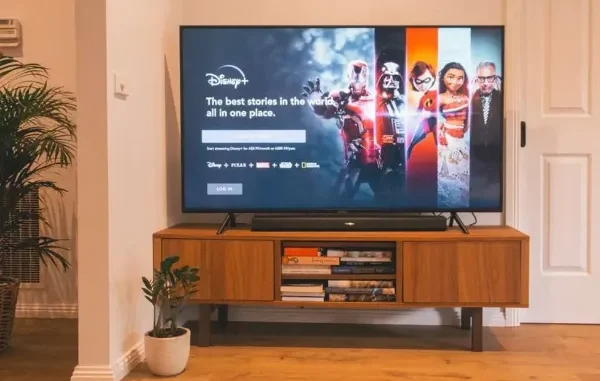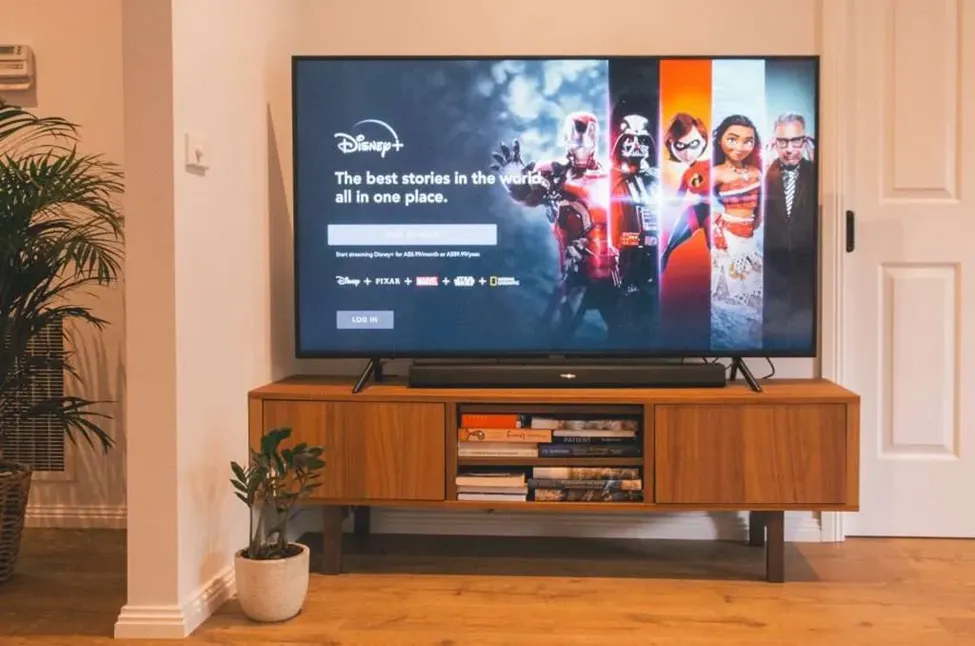

Television has undergone significant changes over the past two decades. For the Albanian diaspora, the shift from traditional broadcasting to internet-delivered services wasn’t just about convenience—it fundamentally reshaped how people stayed connected to language, culture, and community.
Today, Albanian-language TV platforms in Europe and North America, such as TVALB, serve tens of thousands of users across a fragmented device landscape. Behind the scenes, delivering that experience reliably and at scale requires more than just a content catalog—it requires a thoughtfully engineered, end-to-end technical infrastructure.
This article breaks down the architecture that powers modern Albanian TV services and explains why scalability, device flexibility, and real-time performance are central to long-term success.
From Single-Channel to Multi-Screen
In the early 2000s, Albanian families abroad often relied on limited satellite feeds. These options were expensive, rigid, and difficult to install. Content was sparse, and viewers had little control over when or how they could watch.
Today, expectations are completely different. Albanian viewers worldwide want to TV shqiptare on smartphones, tablets, browsers, or Smart TVs, whenever and wherever it suits them. This shift has pushed Albanian TV platforms to adopt multi-screen strategies supported by flexible delivery systems that can serve diverse audiences across devices and regions.
Modern setups typically include:
- Account and subscription management tools
- Cloud-based encoding to support various video formats
- Scalable delivery systems to minimize buffering
- Cross-platform applications for phones, tablets, TVs, and set-top boxes
- Data tools that track performance and user behavior
- Features like time-shift TV and catch-up programming
Middleware as the Operational Backbone
Middleware functions as the control center of any scalable platform. It manages subscriptions, content access, billing, user rights, and device authorizations. In the case of diaspora-focused platforms, it also needs to support regional content settings, multilingual interfaces, and different pricing models (such as individual vs. household plans).
As more viewers access TV across multiple phones and TVs in a single home, this infrastructure plays a critical role in maintaining service continuity, preventing account abuse, and keeping the experience consistently good.
Video Delivery and Geographic Reach
Serving high-quality live and on-demand content across continents comes with its own set of challenges. Video streams need to be encoded into multiple resolutions and formats to accommodate everything from mobile connections to 4K television displays.
Local and narrowly-targeted TV platforms also require global delivery strategies. Diaspora communities span cities like Toronto, New York, Zurich, and London, each with its own network characteristics. To reach these users efficiently, modern systems rely on distributed delivery networks that reduce buffering and downtime by bringing content physically closer to the user.
This distribution strategy is especially important for live TV (kanalet shqiptare live), where even a few seconds of delay or pixelation can disrupt the experience.
Compatibility Across Devices
In a typical family, one person may use a Smart TV in the living room, another a mobile phone on the go, and someone else a web browser at work. Supporting all these access points means platforms need to build apps or interfaces that work smoothly on:
- Android and iOS mobile devices
- Smart TVs from brands like Samsung or LG
- Streaming devices and set-top boxes
Web browsers on laptops and desktops
Each of these environments comes with its own technical requirements, security measures, and user expectations.
Data and Quality Monitoring
Providers depend on real-time analytics to understand:
- Which channels or programs are most viewed
- How long users stay engaged
- Where buffering or outages occur
What devices are being used most frequently
These insights help teams identify and fix technical issues, make better content decisions, and adjust plans based on real viewer behavior, not assumptions. In a competitive market, being able to respond quickly to performance problems or shifting audience interests is a clear advantage.
Supporting Language and Culture Through Features
Technology alone doesn’t connect viewers to culture, but it can help make that connection easier and more natural. For Albanian families abroad, meaningful features include:
- Catch-up TV, so families in different time zones can watch at their convenience
- Live pause and rewind, giving viewers more control during busy schedules.
- Family and individual plans, allowing tailored access across devices
- Access to popular Albanian TV channels and shows, especially news and entertainment
These tools help reinforce language use at home, especially for younger generations. When kids hear Albanian spoken on screen in familiar contexts like a game show, a news anchor, or a comedy sketch, it helps normalize the language and builds cultural fluency.
Final Thoughts
Behind every seamless Albanian TV experience lies a complex system designed to meet the expectations of modern viewers across continents.
As leading providers like TVALB, the trusted legal source for Albanian television and entertainment in the United States and Canada, continue to serve diaspora families, they rely on robust, adaptable technology to make the experience feel local, no matter where home is today.






Leave a Reply